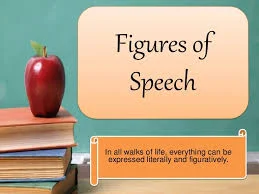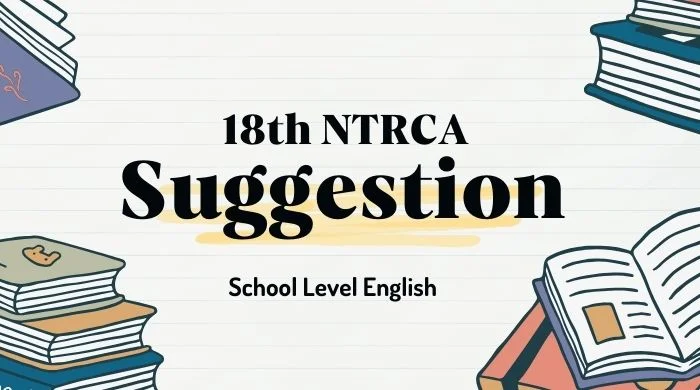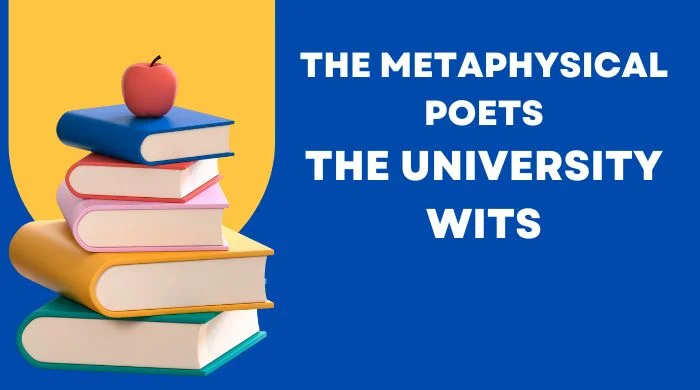Discover powerful imagery examples that enhance your storytelling, elevate your writing, and engage your audience. Explore vivid descriptions, figurative language, and visual representations that bring your content to life.
Imagery Examples
Imagery refers to the use of descriptive language that appeals to the senses and creates vivid mental images (pictures) for the reader. It involves the use of words and phrases that appeal to one or more of the five senses: sight, sound, taste, touch, and smell.
Types of Imagery
There are several types of imagery:
Visual Imagery: This type of imagery appeals to the sense of sight.
Auditory Imagery: Auditory imagery appeals to the sense of hearing.
Olfactory Imagery: Olfactory imagery appeals to the sense of smell.
Gustatory Imagery: Gustatory imagery appeals to the sense of taste.
Tactile Imagery: Tactile imagery appeals to the sense of touch.
Kinaesthetic Imagery: Kinaesthetic imagery involves descriptions of movement and physical sensations.
Organic Imagery: Organic imagery involves descriptions of internal sensations.
Functions of Imagery
(i) Imagery provides a deeper understanding of the text.
(ii) Imagery sets the mood or atmosphere of a literary work.
(iii) The use of imagery can establish the tone of a piece of writing.
Example,
Season of mists and mellow fruitfulness. (“To Autumn,” Keats)
This is an example of the use of imagery. The “mist” or fog is visual imagery as it appeals to our sense of sight; and “mellow” (sweet and juicy) is gustatory imagery as it appeals to our sense of taste.
Q: Which is the best example of imagery?
The best example of imagery often depends on the context and the sensory experience it aims to evoke. Here’s a classic and effective example of imagery from literature:
Visual Imagery: “The crimson petals of the rose unfurled, glistening with morning dew, as the golden sun cast a warm, gentle glow over the vibrant garden.”
This sentence uses visual imagery to paint a vivid picture in the reader’s mind, appealing to the sense of sight with detailed descriptions of color, light, and texture.
Simile Figure of Speech
The word simile comes from the Latin word Similes, which means ‘like’ or ‘likeness’. A simile is a direct comparison between two different things. It clearly states the similarity existing between two different things using such words as like, so, as, as-so, such, similarly, as if, etc.
Thus the essential elements of simile are:
1. The comparison is made between two different things.
2. There must be a similarity between the things compared.
3. Words such as like, as, such, etc., must be used.
Functions of Simile:
(i) Similes help to illustrate a concept by drawing parallels to something more familiar.
(ii) They emphasize a point by associating it with a well-known image.
(iii) They stimulate the reader’s imagination by encouraging them to visualize the comparison being made.
(iv) They enhance descriptions by adding depth and richness to the language.
(v) They clarify abstract ideas by relating them to more concrete concepts.
Overall, similes play a crucial role in language and literature by facilitating comparison, enhancing descriptions, evoking emotions, and engaging the imagination of the reader.
Simile Examples
“Rahman is as slow as a snail.”
This is an example of simile. Snails are notorious for their slow pace and here the slowness of Rahman is directly compared to that of a snail using the word ‘as’. The function of this simile is to make it easy to understand the speed of Rahman. His speed is compared here with the very familiar creature, snails.
Metaphor

The word metaphor means transference of meanings. A metaphor is an indirect comparison between two different things. As it is an indirect comparison, there is no such words as like, such, as, etc. So, it is a compressed form of simile. If words like as, such, like, etc are used in comparison between two different things, it is a simile, and if such words as like, such, as, etc are not used it is a metaphor. It is to be noted here that the two terms of a comparison in a metaphor are called “tenor” and “vehicle”. The tenor refers to the subject of the metaphor, and the vehicle to the object.
Functions of Metaphors
(i) A metaphor excites the fancy and helps one to imagine things more vividly.
(ii) It conveys the meaning more vividly and with a perception of delight.
(iii) It gives a character of things and brings them before the mind’s eye.
Metaphor Examples
This world is a weeded garden.
This is a metaphor. Here an indirect comparison is made between the world which is full of undesirable elements and a garden which is full of weeds. The function of this metaphor is to illustrate the meaning of the world more lively.
Tragic Flaw
A tragic flaw is a flaw or deficiency in a main character that leads to his or her downfall. This flaw is often a fundamental aspect of the character’s personality. It is a weakness, or an error in judgment that ultimately leads to the downfall of the tragic hero. The concept of the tragic flaw is associated with Aristotle’s theory of tragedy, where he described the characteristics of tragic heroes. According to Aristotle, tragic heroes are individuals of noble stature who possess a tragic flaw, which leads to their inevitable downfall. Despite their noble qualities, their tragic flaw causes them to make errors in actions that lead to their own demise, often affecting others around them.
For example, unchecked ambition is the tragic flaw in the character of Macbeth in Shakespeare’s tragedy of the same name. Macbeth was a brave and noble warrior. He was loyal to King Duncan. However, upon hearing the prophecy of the witches that he will become king, his ambition is ignited.
This ambition drives Macbeth to commit increasingly heinous acts. He murdered King Duncan, Banquo, and others, in his relentless pursuit of power. Finally, he himself was killed by Macduff. Thus, Macbeth’s tragic flaw serves as a cautionary tale about the destructive nature of unchecked ambition.
Tragic Hero
A tragic hero is usually the protagonist in a piece of literature. He experiences a downfall as a result of a tragic flaw or error in judgment. This concept of a tragic hero originated in Aristotle’s analysis of tragedy in his work Poetics. The tragic hero typically possesses admirable qualities such as nobility, bravery, and intelligence, but he also has a fatal flaw, known as “hamartia,” which leads to his eventual downfall.
According the Aristotle, a classic tragic hero possesses the following characteristics:
Noble Birth or Status: The tragic hero is often of noble birth or holds a high social position.
Tragic Flaw (Hamartia): The tragic hero possesses a flaw in character, which ultimately leads to his downfall.
Excessive Pride (Hubris): The tragic hero’s excessive pride or arrogance blinds him to his own limitations and leads to his downfall.
Reversal of Fortune (Peripeteia): The tragic hero experiences a sudden reversal of fortune, shifting from a position of prosperity to one of suffering or destruction.
Recognition of Fate (Anagnorisis): The tragic hero makes a critical discovery. He comes to realize the role of his flaw in his downfall. Catharsis: the audience experiences the feeling of pity or fear after the hero’s fall downfall.
However, modern tragic heroes include characters of all genders and class backgrounds. They may not have noble birth or status, and even females can be tragic heroes. In modern times, a tragic hero may be a person who lacks typical heroic qualities, or perhaps even a villainous or semi-villainous person.
Classic examples of tragic heroes include Oedipus from Sophocles’ “Oedipus Rex,” Macbeth from Shakespeare’s “Macbeth,” and Hamlet from Shakespeare’s “Hamlet.”
Keyword:
 Sopner BCS Sopner BCS: We fuel your BCS dreams
Sopner BCS Sopner BCS: We fuel your BCS dreams




3 comments
Pingback: 5 Figure of Speech in English Language - Sopner BCS
Pingback: 5 Figure of Speech Sample; Alliteration, Onomatopoeia - Sopner BCS
Pingback: 5 Figure of Speech in English Language - Sopner BCS